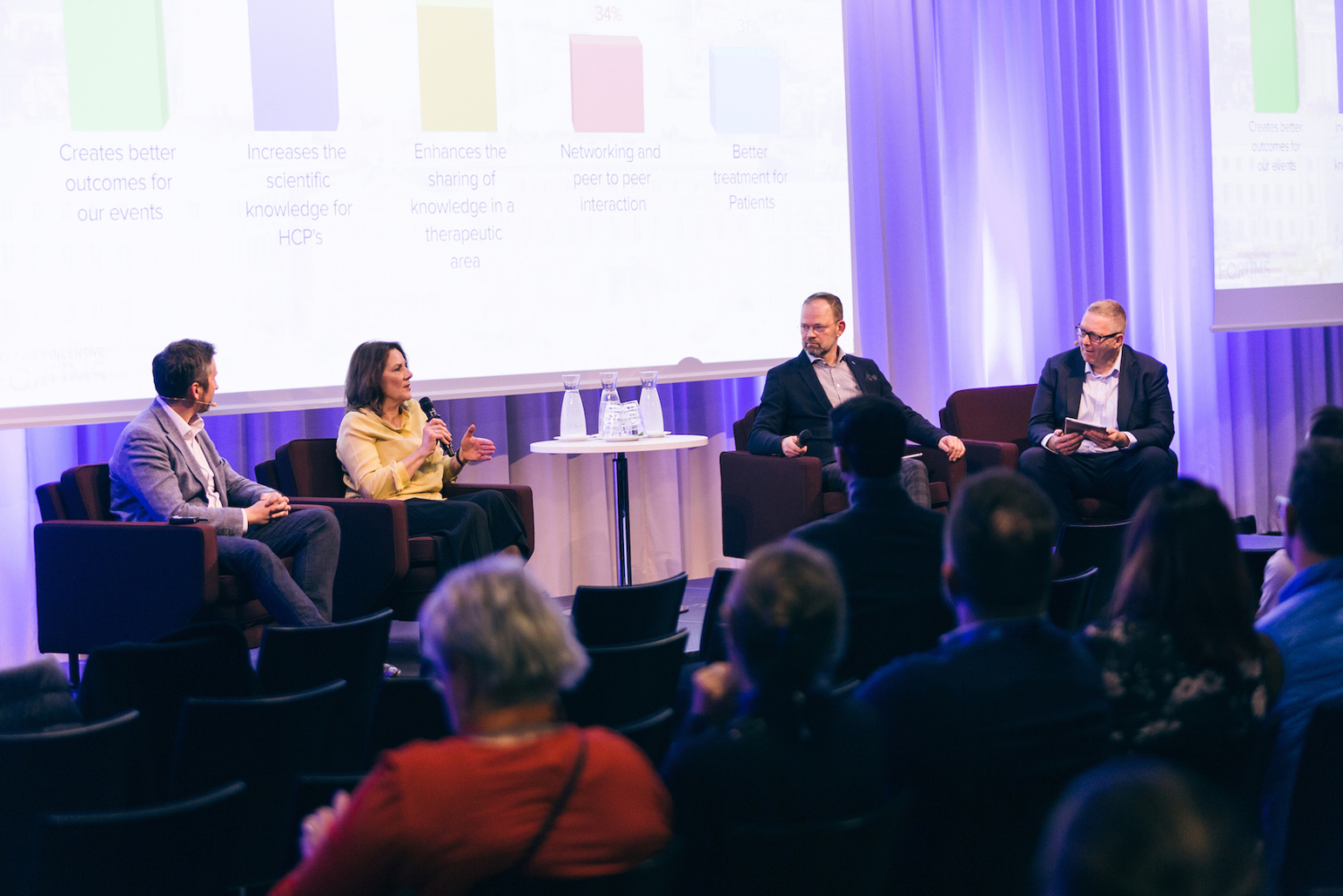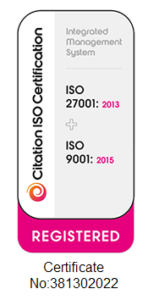‘Keep Calm’ and Consider Virtual Events
“Fresh activity is the only means of overcoming adversity” is an apt quote from Goethe, the famous 18th century German philosopher.
In the events industry this is a challenging time for us and our friends and colleagues, whether supporting internal or external events, valued company employees or favoured customers.
Inboxes, blogs and posts on all channels are trending with thoughts around how quickly we can or should move from physical to virtual events. There is a definite rush to virtual in the short term.
Here at Open Audience we are being approached many times each day now about how best to transform physical events to virtual events around the globe. From Mexico to North America to Asia to the UK.
And herein lies the challenge. Not all events and not all conferences and congresses can or indeed should be transformed into a virtual event.
So, before you sign on the bottom line with us or any other virtual event provider to immediately replace a physical event, let me share some of the conversations we are having with our clients.
How long do you have between postponing or delaying the physical event and running a virtual one?
The natural response is to try to replace a full day physical event with the same event virtually. This is not always best practice. Content is key to the success of any event and it is likely you have created the content with a physical event in mind. To successfully transition to virtual, you are likely to have to re-set the content, think more clearly about the visual impact of presentations and reconsider how best to assess the engagement levels of delegates and your ability to assess changes when you are not face-to-face and able to gauge audience reaction.
Our view would be to allow time to reflect, consider and postpone the meeting to a future date. 4-8 weeks out you still have time to rework the event, any less than this and without a great team effort it is likely that the event might not be as successful as you hope.
Have you considered what kind of virtual event you want to run?
At its simplest there are 4 types of virtual events:
1. One location presenting to many delegates – no response required back from the audience
2. Many locations presenting to many delegates – no response required back
3. One location presenting to many delegates and any delegate randomly feeding back and interacting
4. One location presenting to many and a few chosen from the invited audience feeding back and interacting
Each approach needs a strategy for delivery and engagement. The technologies you might need, the bandwidth and channels needed to provide a robust delivery change, the way presenters present, facilitators facilitate and the way you manage the practicalities of Q&A, inviting comment, collecting views down to mute all/mute some and 101 other steps all have to be clearly defined and agreed.
Have you considered what technology or which technologies work best?
This week on LinkedIn it seems that 3 out of 5 posts are offering the ‘ideal platform’ for virtual events and trawling through social media channels the most common request is for a recommendation for the best platform.
In the rush to virtual there is a need to take a pause and think through your structure, purpose and aims of your virtual event and which of the 4 approaches above you want to adopt.
The easy answer from our perspective is that there is no ‘ideal and one size fits all’ platform. Zoom, Skype, Teams, Adobe Connect and 101 others all work well with appropriate planning and support.
Skype for business for example will work well in at least 2 of the types of events detailed above but will require some extra ‘kit’ to reduce risk, improve connectivity and improve engagement. Zoom professional combined with a high-quality online engagement platform will be great and achieve most of what you need.
Regardless of which platform you choose to run your meeting on, creating a one link connection with no software downloads, apps or complicated sign-on will dramatically improve the engagement and sign-up of delegates. Given this, it is valuable to bring in those experienced with running systems to provide you with support and manage the connections, leaving you to just worry about the content.
Have you thought about the delegate and their expectations and experiences of being on a virtual event?
You have spent months carefully crafting an agenda and content to help stage manage a great physical event. Now in the rush to virtual it is easy to overlook the likelihood of a reduced level of engagement or drop off if the event is more than an hour or two long or spans more than one major time zone.
Consider how to change content, format and make the event more engaging by interrupting content with the right level of engagement, sharing results, consensus building and showing the delegates that their involvement is valued.
Find the right team to help you think through different approaches and formats. Can you go from a 2-day event to 3 x 3-hour virtual formats run across different time zones? Can you ‘live record’ some sessions, have a professional facilitator linking content, speakers, videos and engaging content? Can you reach out pre-event and post-event to continue the engagement and learning?
The most challenging approach is to assume that you can easily swap a 1-day physical event to a 1-day virtual event and still achieve the desired outcomes and engagement measures.
In summary there are 3 key things we hope you take away from this article to help you with your decision making in the days and weeks ahead.
1. Can a virtual event replace your existing event fully in the short term? In most cases where you are under 4 weeks from delivery the answer is probably no, not in its present form, without a major rethink around content, technology and delegate behaviour.
2. Buying a ‘new platform’ or new ‘kit’ to run virtual meetings is unlikely to be the answer. The best technologies to use may already exist within your organisation and a more skilled operator may be the answer to your challenges. Talk to suppliers who have a range of approaches rather than a platform to sell.
3. Not all virtual events are created equal. Deciding on the type of event you want to run will and should determine how you structure the event, design content, blend interactivity and manage all stakeholders involved positively.
The events industry will be changed forever because of the current Covid-19 challenges. We like many others are working with the reality that the ideal event delivery blend will be a mix of Pre-Event, In-Event and Post-Event touch points. There will be a mix of physical events, virtual events and events that have a bit of both. That is a good solution.
Leslie Robertson is the Founder of Open Audience, an audience engagement consultancy that specialises in making life sciences meetings more engaging with more positive, successful outcomes – whether in-person or in the virtual space. The Open Audience team helps to strategise and prepare pre- and post-meeting as well as providing real-time support and guidance during the meeting. Open Audience also offers customisable, multilingual engagement platforms that include interactive polling, surveys, and ideas exchange.
If you need some guidance on whether you should or how you can transition from live to virtual events, then please get in touch. Call us or book a demo today.

